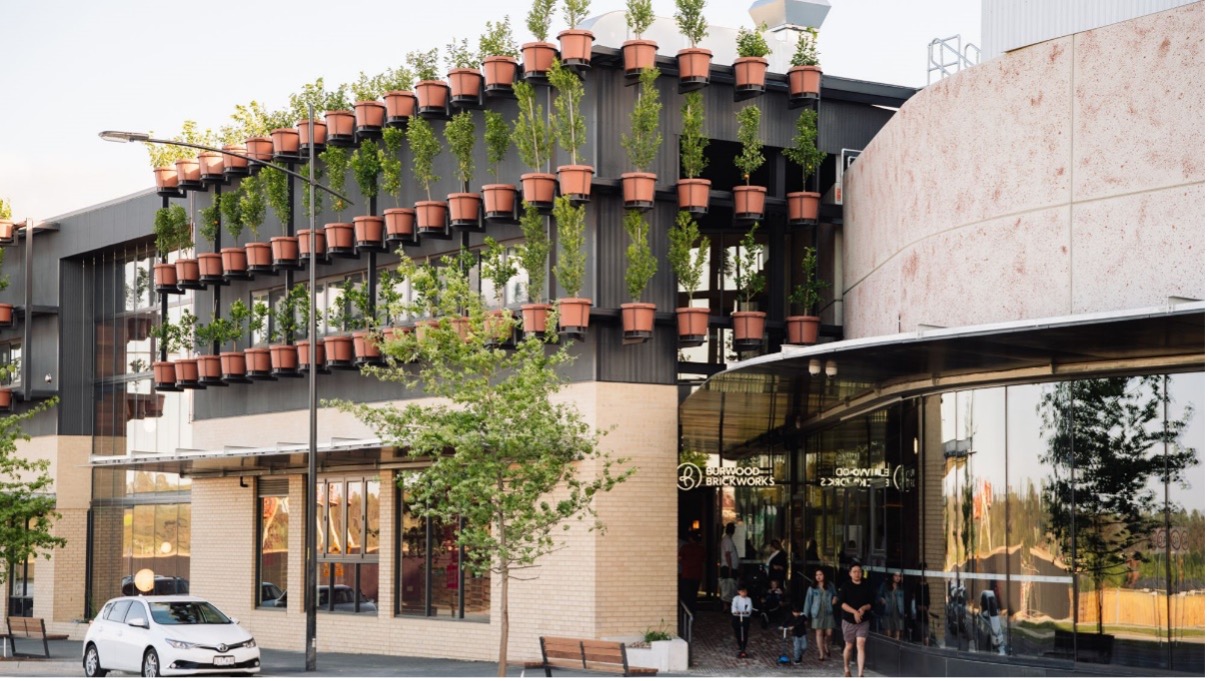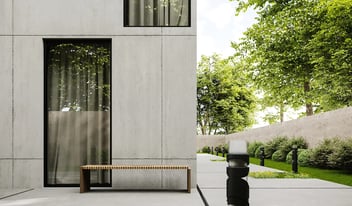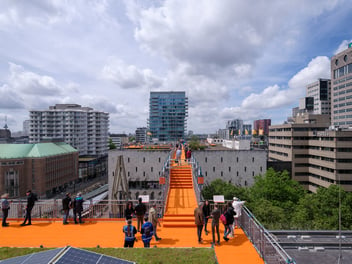What’s the deal with Section J?
We’ve all heard about it (I hope), we all know about it, we all understand the crux of it, but why?
Of course, we understand that Section J is about creating better performing buildings, buildings that use less energy, buildings that are better for the environment. But what are the objectives?
We only see the architectural outcomes. The glass, the mullions, the façade materiality. But what does this actually translate into when it comes to the environment?
First – some stats. Australia adds 1.3% of global emissions but only represents 0.33% of the global population. Buildings are responsible for over 40% of these emissions.
Comparatively to European countries (who started this process in the late 80s, early 90s), Australia was behind the eight ball when it came to mandating requirements for energy efficiency. The Australian government announced in 2000, that energy efficiency targets would become a building requirement.
Following this announcement, in the 2003 BCA, the ever-evolving Section J was born.
As a response to the 2016 Paris Agreement, the Australian government decided to increase the stringency of these energy efficiency requirements, whichas resulted in the newly adopted NCC 2019 Section J.
The 2019 version no longer looks solely at energy consumption, rather also considering greenhouse gas emissions. Encouraging the use of renewable energy sources amongst other building improvements.
Its objectives are to create energy savings between 26% - 38% and to cut greenhouse gas emissions by 35 - 43%.
With all of this in mind, and the likelihood you’ve probably signed the Australian Architects Declare (985 signatories at the time of writing), let’s think of ways to positively engage with the updated Section J.
It’s a significant change. It might be costly. But, it’s not without reason.
How can we practice what we preach?





%20Waste.jpeg?width=352&name=Fighting%20the%20War%20on%20(Construction)%20Waste.jpeg)
